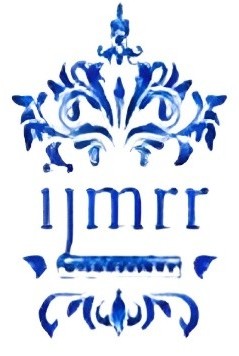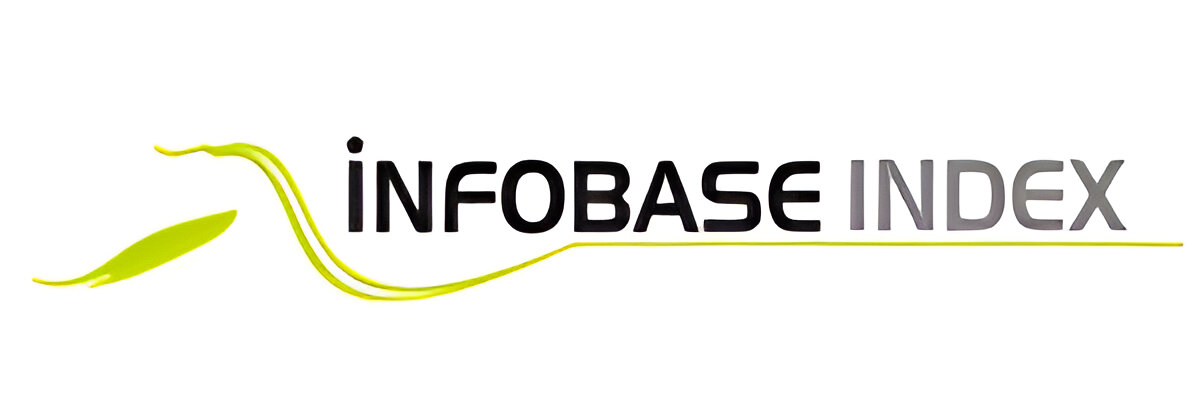The Aesthetics Of VFX Animation: A Theoretical Exploration Of The Relationship Between Visual Effects And Cinematic Storytelling
Keywords:
Visual effects (VFX), cinema, computer-generated imagery (CGI), motion capture, artificial intelligence (AI).Abstract
The evolution of visual effects (VFX) in cinema has been significantly influenced by technological advancements
that continually reshaped the filmmaking landscape. Early VFX relied on practical effects, such as matte paintings
and miniatures, establishing the groundwork for cinematic storytelling. In the 1970s and 1980s, special effects,
including blue/green screens and optical printers, combined practical and optical techniques, enhancing the
immersive experience. The 1990s marked a transformative era with the rise of computer-generated imagery
(CGI), allowing for the creation of realistic characters and environments, exemplified by films like Jurassic Park
and Terminator 2: Judgment Day. The 2000s further advanced CGI with films like Avatar and The Lord of the
Rings, introducing motion capture and sophisticated CGI to redefine cinematic experiences. Today, AI, VR, and
AR are pushing VFX into new realms, enabling immersive and interactive storytelling. Despite challenges such
as the "uncanny valley" effect, the future of VFX offers vast creative potential, blending reality with fantasy in
groundbreaking ways.











